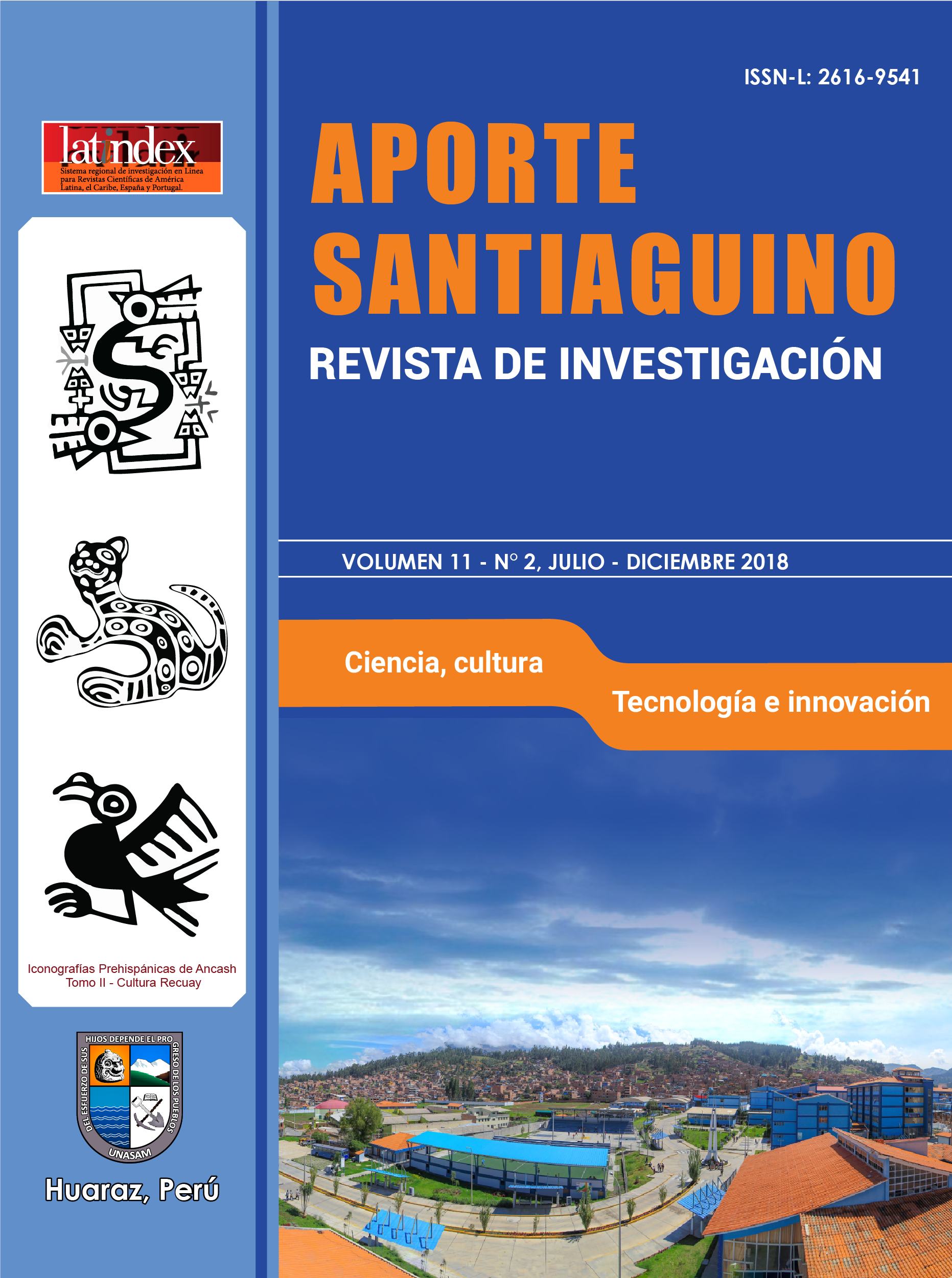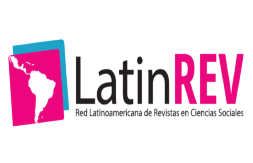Efficiency of the Basic Sanitation Unit using artificial wetlands with native species for the purification of wastewater in the Tuyu Ruri - Marcara experimental center, for irrigation water reuse
DOI:
https://doi.org/10.32911/as.2018.v11.n2.578Keywords:
pollution, wastewater, artificial wetlands, water qualityAbstract
The objective of the research work was to evaluate the efficiency of the Basic Sanitation
Unit (UBS) using artificial wetlands with native species from the area, a Biodigestor
was implemented and two wetlands were built: one with Horsetail and another with
Cartridge, as well as same evaluate them for their reuse as irrigation water. The samples
were obtained from the reception box, from the outputs of: Biodigestor, wetland with
Cartridge and wetland with Horsetail. The removal efficiency of the Biochemical Oxygen Demand (BOD) was 82% and the Chemical Oxygen Demand (COD) was 81%, both at the output of the Biodigestor. The removal in the Biochemical Oxygen Demand (BOD) at the exit of the wetland with Cartridge was 68% and the wetland with Horsetail was 58%; of the Chemical Oxygen Demand (COD) in the wetland with Cartridge was 68% and of the wetland with Horsetail was 58%. The results obtained from the various outputs evaluated were compared with the Environmental Quality Standards (ECA), such as: Biochemical Oxygen Demand (BOD), Chemical Oxygen Demand (COD), total and fecal coliforms, Phosphate (PO4) and Nitrate (NO3) while the Total Suspended Solids (SST) were compared with the Chilean Standard of DIGESA




















